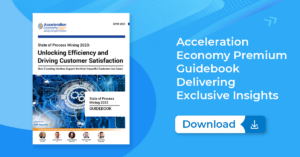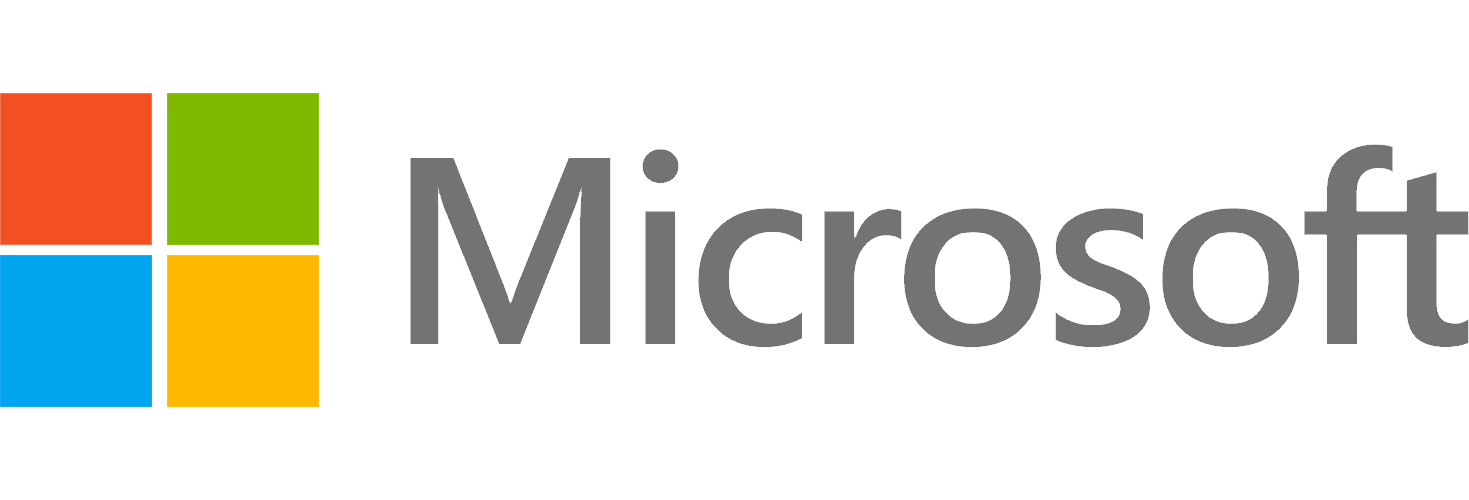
Having constant access to real-time business data is critical to my role as a chief financial officer (CFO). Extended planning and analytics capabilities in tools like Microsoft Dynamics 365 for Finance and Operations make it easier for me to aggregate business and financial data, analyze performance, and report results to stakeholders ranging from the board of directors to investors to line-of-business leaders and even employees seeking insights to do their jobs better.
There are a lot of financial tools on the market, and they offer a wide range of analytics features. Here are four capabilities I look for when evaluating any financial analytics software.
Real-Time Insights
Most financial tools hold vast amounts of data, but they don’t always bring those data elements together completely or in real time. For example, transactional data might be sitting in one system that feeds summary data into the enterprise resource planning (ERP) tool, which may feed even more summarized data into a reporting tool.
Those feeds might happen in daily batches overnight (or even less frequently). So, if I want to know something about a transaction that occurred today, my reporting tool won’t have the details — and likely won’t even know about the transaction — until tomorrow. This problem is worse if the data needs to be normalized or cleansed to accommodate certain reporting requirements.
This lag may not be an issue for quarterly external reporting. But it makes it really tough to provide valuable, relevant insights and advice to my colleagues running our business and to our investors.
There are many scenarios where such real-time reporting is useful. For example, having a real-time view of bookings helps you optimize your supply chain. Further, it helps you manage your cash needs to ensure you can buy whatever you need to fulfill your responsibilities to customers.
This can all be done without real-time integrated data — but it can’t be optimized without it. I don’t want to wait a long time for data, and real-time financial analytics helps me turn data into insights that help me make better business decisions.

Reporting and Visualization
Finance teams are very comfortable using Excel or other spreadsheets to show data. However, when I am presenting financial information, I need something that can be easily consumed by my audience. I must be able to show summarized information and also drill down into the details to provide further insights as required.
Seamless integration between my transactional systems and my visualization tool enables me to report and visualize our data easily — and access additional data quickly to answer any questions that come up. Tools like Microsoft’s PowerBI sitting on top of Microsoft Dynamics 365 Finance give me the ability to summarize my transactional information and report it in an easy-to-consume way. Since these tools are integrated, as transactional data is updated, my reports are also updated.
Artificial Intelligence
Whether you’re trying to reduce your finance costs (without sacrificing the goal of delivering insights) or improve the insights coming out of your finance organization, artificial intelligence (AI)-driven technologies can help.
The amount of data flowing through my organization is growing exponentially, and I simply wouldn’t be able to keep up without AI. And even if I could keep up, I couldn’t get the same level of accuracy and insights that I do from AI-driven tools.
Process Mining
Process mining is a great capability to have in your toolkit. I’ve used process mining to help identify process breakdowns and assess their impact on the business.
For example, our payables process involves opening a purchase order, getting approvals through a workflow, procuring the products or services, receiving an invoice (which also goes through an approval workflow), and paying the invoice. If everything goes to plan, this is an efficient process. But what happens when the process isn’t followed?
Historically, I had very limited visibility into process failures and couldn’t quantify their impact. Using process mining, my team can identify how many transactions go through the standard process and how many use another process. I can visualize the various paths that transactions take and the amount of time those non-standard steps add to our process. Then I use these insights to identify process breakdowns, lack of process enforcement, poor process design (such as allowing too many exceptions), and the steps that add time and cost to our process.
Put Data Into Action
Financial reports are helpful only if stakeholders can understand the data and put it into immediate action to improve the business. Having access to real-time insights, strong reporting and visualization tools, AI-driven analytics, and process mining features enables me to provide accurate, relevant information that makes our company stronger and more efficient.










